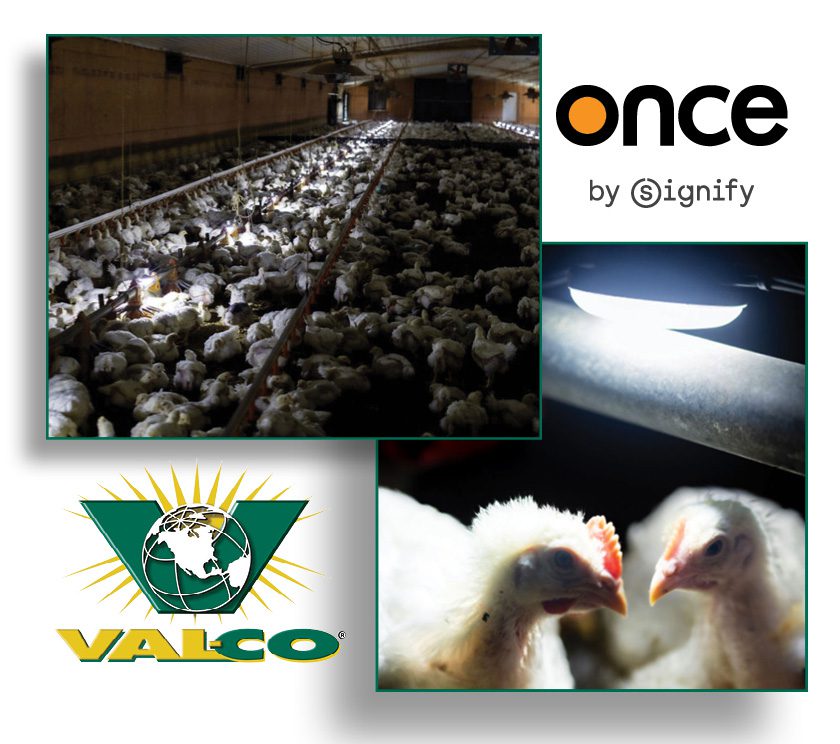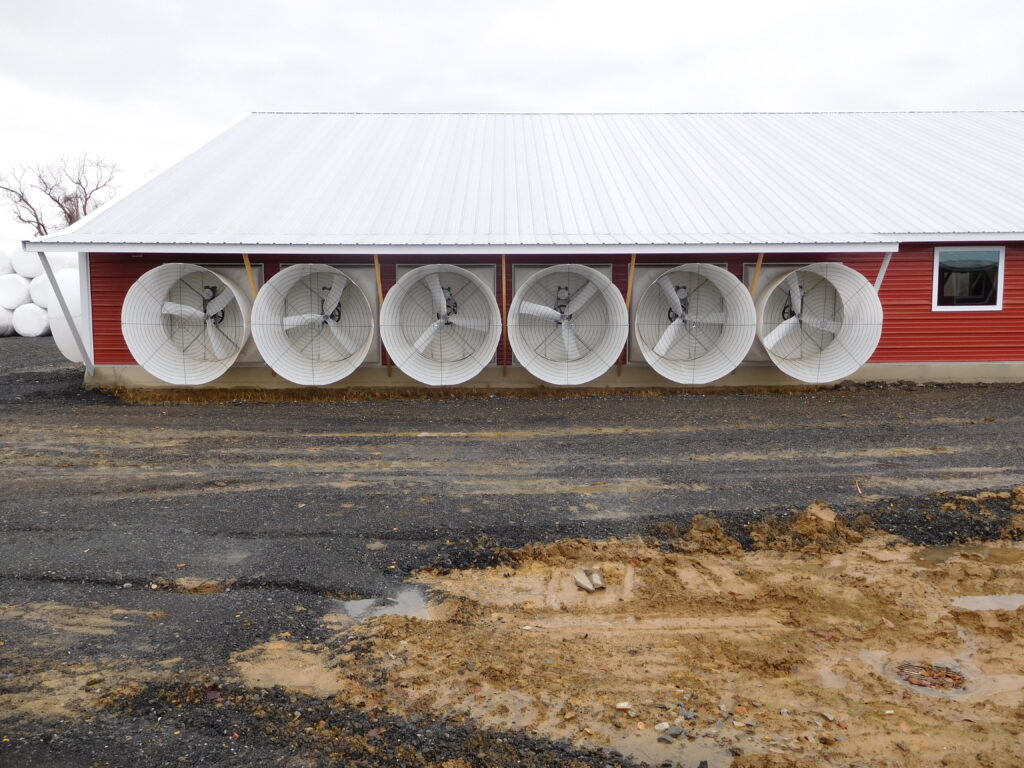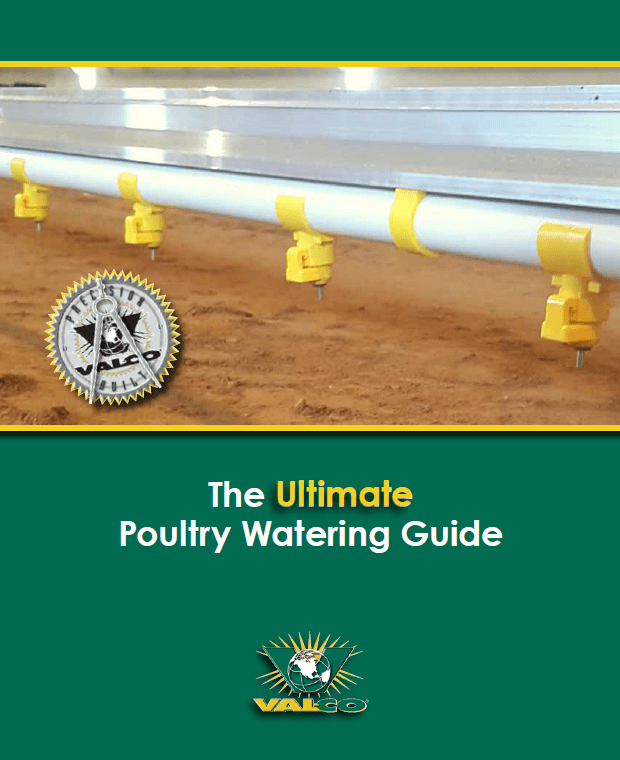Rats and mice have long been a problem on farms where food and nesting sites are plentiful. They are carriers of some 45 diseases and are capable of contaminating farm feed and water supplies helping to spread disease from contaminated to uncontaminated areas and from animal to animal. Many of these diseases are harmful to livestock and humans. Poultry and hog barns are attractive to these unwanted guests because they provide an almost unlimited supply of the three basic requirements that a rodent needs: harborage (places to hide and nest), food, and water. Rodent populations usually remain low if one or more of these items is missing in an area. Unfortunately, because poultry and hog barns usually have all three items in abundance, preventing rats and mice from moving into the barn is an ongoing challenge.
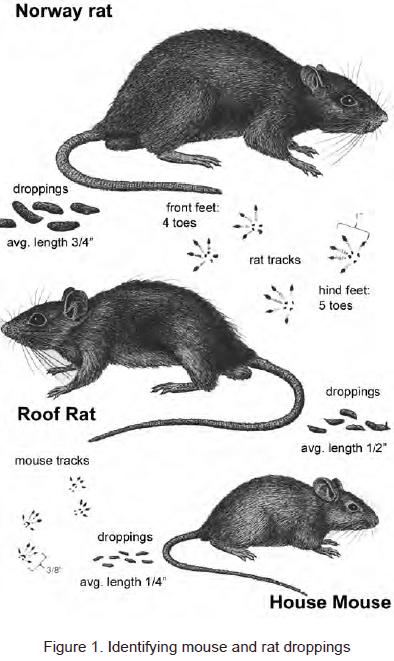 The three main rodents most farms have to be concerned with are the Norway rat, Roof rat, and the common house mouse. The Norway (brown) rat lives in underground holes and tunnels. The Roof (black) rat prefers to live higher up in attics, beams and silos. Rats will eat a wide variety of foods including grains, seeds, nuts, fruits, berries, snails, slugs, insects, eggs and dead birds. Some rats have also been known to kill chicks. There has even been reports of rats packing hundreds of dead chicks into walls or burrows.
The three main rodents most farms have to be concerned with are the Norway rat, Roof rat, and the common house mouse. The Norway (brown) rat lives in underground holes and tunnels. The Roof (black) rat prefers to live higher up in attics, beams and silos. Rats will eat a wide variety of foods including grains, seeds, nuts, fruits, berries, snails, slugs, insects, eggs and dead birds. Some rats have also been known to kill chicks. There has even been reports of rats packing hundreds of dead chicks into walls or burrows.
Mice can survive for extremely long periods of time without drinking provided their diet contains enough moisture. Rats on the other hand are dependent on the presence of water.
Both mice and rats form territories and are present in the environment of farms all year round. A thorough understanding of the physical abilities of these rodents is useful when designing a control program. For instance, rats are excellent swimmers. They can swim up to 1/2 mile in open water, travel through sewer lines against substantial currents, and tread water for up to 3 days. Roof rats and house mice are excellent climbers. Norway rats, although somewhat less agile, can climb effectively. If they can’t climb, they just jump. From a standing position, rats can jump vertically up to 3 feet. And getting down is easy. If necessary, rodents can drop from heights of 50 feet without injury. Rodent agility and the fact that they are not fussy feeders leads to them being so successful on farms.
Apart from the risk of disease transmission, a sizeable rodent population will bring economic costs to the farm through consumption of feed and could cause contamination of feed and eggs. It has been estimated that rodents can increase poultry feed usage by as much as 2%.
Furthermore, Norway rats will undermine building foundations and concrete slabs. Rodents are particularly destructive to building insulation. Most common types of insulation, including rigid foam and fiberglass batt, are susceptible to rodent damage. In addition to this, since the upper incisor teeth of rodents continue to grow throughout their life, mice and rats must chew constantly to keep their teeth from becoming too long, which is part of the reason they damage insulation, wood, curtains, and electrical wiring. This frequent gnawing can cause equipment malfunctions, power outages, and fires as a result of short circuits when wires are chewed on. Rodent populations have been suspected to be the cause of 25–50% of all barn fires. A rodent infestation can cause thousands of dollars in damage in a matter of months.
Under good circumstances rodents can reproduce very quickly. At 2–3 months of age, rats and mice are sexually mature and females can produce 60–70 offspring each year. One scientific study showed a population of mice living around a farm increased from less than 50 to over 2000 mice in only 6 months! This shows how fast a major infestation can develop. When estimating rodent populations, you can assume: if you have rodent signs but have not seen them = 1 to 100 rodents; Occasionally see rodents at night = 100 to 500 rodents; Rodents are seen every night and occasionally by day = 500 to 1000 rodents; Many rodents seen by night and day = up to 5000 rodents present.
The Disease Factor: In a world where biosecurity has become extremely important it is imperative that controlling rodents is not forgotten. Rodents have been known to carry many diseases. In the hog industry, several diseases can be transmitted by rodents – Bordetellosis, Encephalomyocarditis, Leptospirosis, Aujeszky’s disease, Salmonellosis, Swine erysipelas, Toxoplasmosis, and Trichinosis. In the poultry industry diseases that may be transmitted by rodents are salmonellosis, colibacillosis, coryza, pasteurellosis, mycoplasmosis, hemorrhagic enteritis, hymenolepiasis, capilariasis, and ascaridiasis. It has also recently been demonstrated that avian influenza (H5N1) in duck feathers is still infective after 15 –160 days, when stored at 20 °C(68F) and 4°C(39°F), respectively (Yamamoto et al. 2010 Yamamoto Y, Nakamura K, Yamada M, Mase M. 2010). This study shows how easily the virus survives in the plumage of birds, which suggests that it may also survive for some time in the fur of mammals. It is easy to see from a disease management standpoint that controlling rodents is very important in any hog or poultry operation. An effective disease barrier system cannot be assured if large populations of rodents inhabit animal barns.
Controlling Rodents:
Maintain good housekeeping around and in the barn.
- Eliminate loosely piled building materials, old feed bags, or anything that a rodent can hide in or under. Mice can crawl through openings the size of a dime and rats can contort their bodies to squeeze through openings the size of a quarter, so blocking off/sealing up all entrances into barns is very important.
- Remove food and eliminate water sources such as leaky taps, open water troughs, sweating pipes and open drains. Keep roads graded and ditches flowing so you reduce the possibility of puddling water which could be used as drinking sources.
- Reduce feed spillage and dispose of any dead animal carcasses. Keep all feeds in metal hoppers or covered cans. Keep all outside feed bins in good repair. Any grain spillage which occurs during grain delivery or from a broken bin should be cleaned up quickly.
- Eliminate any outside debris such as old equipment, old boards, etc., that rodents can use for hiding or nesting. Weeds provide rodents with food, water, nesting material, and cover from predators.
- Eliminate weeds from the exterior of poultry houses and maintain an uncluttered 3-foot weed-free perimeter around the building. This will also allow for quick detection of any new rodent burrows. Rats are often discouraged from burrowing near building foundations when a perimeter strip of heavy gravel is present. If using gravel it should be at least 1 in. in diameter and laid in a band at least 2 ft. wide and 6 in. deep.
Start a baiting or trapping program.
- Baiting or trapping programs should start as soon as the barns have been built. It is best to prevent a high rodent population rather than to try to control it once it is there.
- Glue boards, traps, &/or toxic baits are typically used to control rodents. Rodent baits are available in several forms but, keep in mind, mice are very curious and will investigate bait stations and bait placed in their paths while rats are very suspicious of trying new food sources. Rats can also be picky eaters and tend to prefer fresh, high-quality foods and will reject spoiled or poor quality food sources if given a choice.
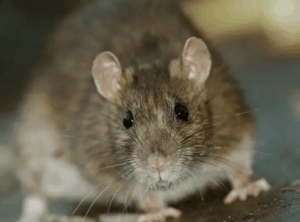 There are several types of baits available to help control rodents. Grain baits are a loose meal or pelleted form available in small plastic, cellophane, or paper packets. Anticoagulant baits are formulated into paraffin or wax blocks and are very useful, especially in damp locations where loose grain baits would spoil quickly. Water or food items of high water content are often attractive to rodents at sites where water is scarce or absent. Some anticoagulant concentrates can be dissolved in water to make a liquid bait which can be very effective on rats and even though mice require little water to survive, they will quickly accept available water baits. When water sources can be reduced or eliminated, liquid baits can provide excellent control of rats. Liquid baits also can supplement cereal baits, resulting in better control.
There are several types of baits available to help control rodents. Grain baits are a loose meal or pelleted form available in small plastic, cellophane, or paper packets. Anticoagulant baits are formulated into paraffin or wax blocks and are very useful, especially in damp locations where loose grain baits would spoil quickly. Water or food items of high water content are often attractive to rodents at sites where water is scarce or absent. Some anticoagulant concentrates can be dissolved in water to make a liquid bait which can be very effective on rats and even though mice require little water to survive, they will quickly accept available water baits. When water sources can be reduced or eliminated, liquid baits can provide excellent control of rats. Liquid baits also can supplement cereal baits, resulting in better control.
Proper placement of baits and the distance between them is very important. Baits must be located where rodents are living, as close to their shelter as is possible and closer than their normal food resources. For house mice, place baits no farther than 10 ft apart (preferably 6 ft to 8 ft). Since rats will travel farther to feed, baits can be spaced 25 ft to 50 ft apart. Whenever possible, place rat baits directly into, or very close to, rat burrows. Be sure to have plenty of bait stations and keep in mind the home range of both rats and mice. Bait stations can be purchased or they can be made fairly inexpensively at home with PVC pipe. It is a good idea to use gloves when dispensing bait for your own protection and to prevent human smell on the bait, which can cause some rodents to avoid the bait. Rotate baits every 6 months or so to help prevent any resistance build up to certain rodenticides.
Always having bait out is extremely important, but to drastically reduce a rodent population during downtime, when no animals are present and food sources are not easily available, completely empty the feed system, make sure all bait stations are full of fresh bait, and keep grounds mowed and neat.
What if my program does not work?
Why might a rodenticide program fail? Here are a few reasons this could happen:
- Too few bait stations for particular area
- Too short an exposure time to the bait (not refilling bait stations often enough)
- Too much access to other food supplies
- Wrong bait choice or old, moldy, unappealing bait
If your program does not seem to be effective go back to the beginning and re-evaluate exactly what you are doing and if this does not work you may need to consult with a professional.
Maintaining Control:
Once “control” is achieved, some producers tend to let their guard down and not pay much attention to rodent control for a couple of months. This habit leads to undoing all the work to control the rodents in the first place. A few rodents are likely to survive through even the most thorough program. Rodents from nearby fields or structures may invade animal facilities at any time. These rodents will multiply quickly if not kept in check with an ongoing control program. Therefore, it is important to establish permanent bait stations in farm buildings and around their perimeter. Fresh bait in these stations will control invading rodents before breeding populations become established. Rodent control should be a regular and continual part of any pork and poultry production operation. Take an hour or two each month, after control has been achieved, to check and refill bait stations and inspect facilities for fresh rodent activity. Mark it on the calendar, be persistent, and you will control the rodents on your facility as well as the damage they can do.

